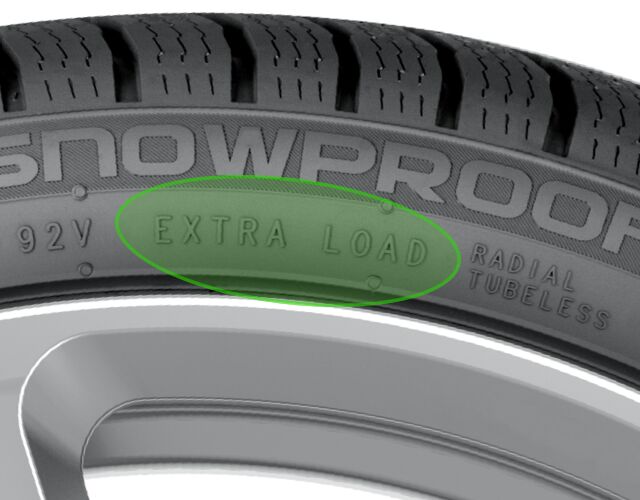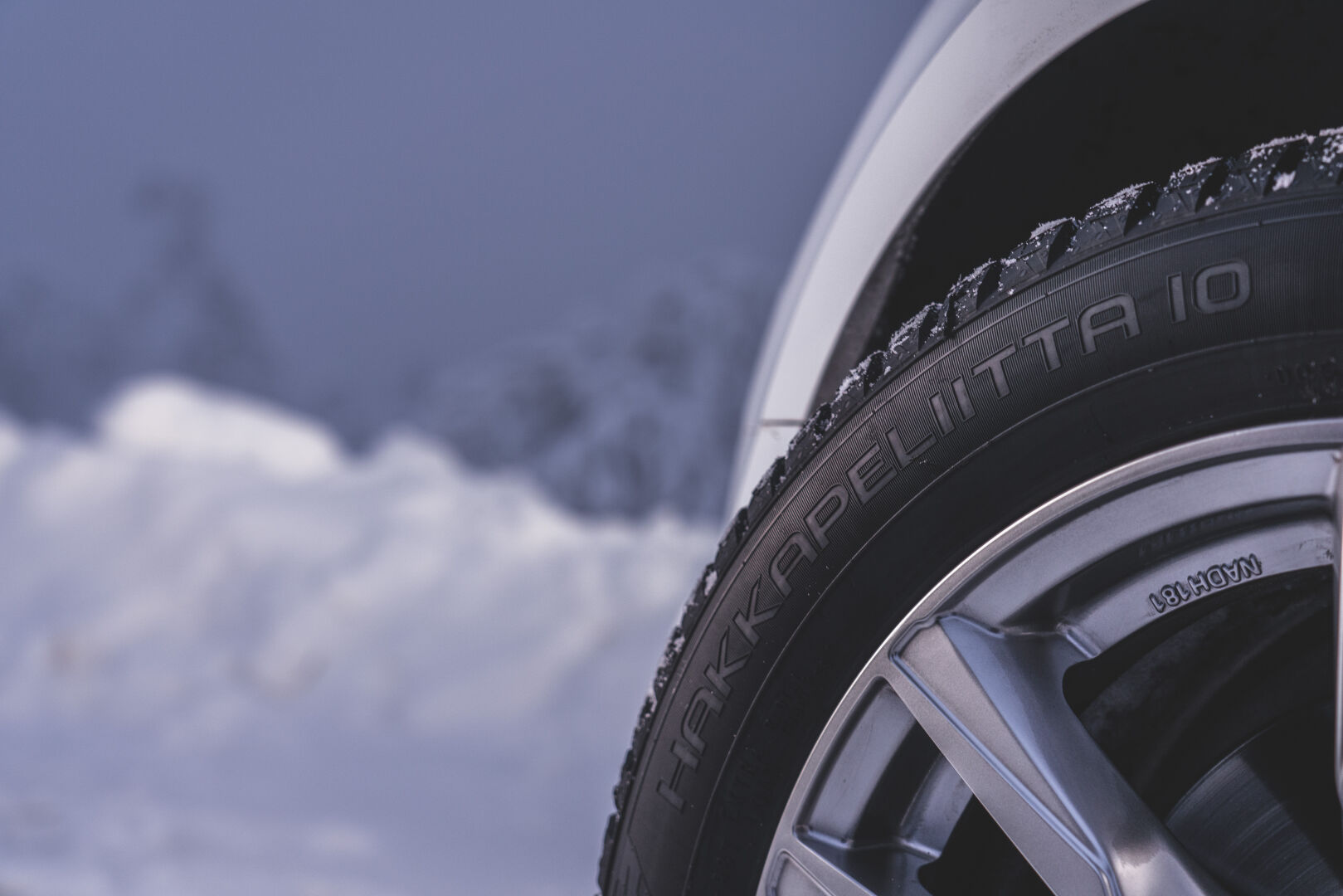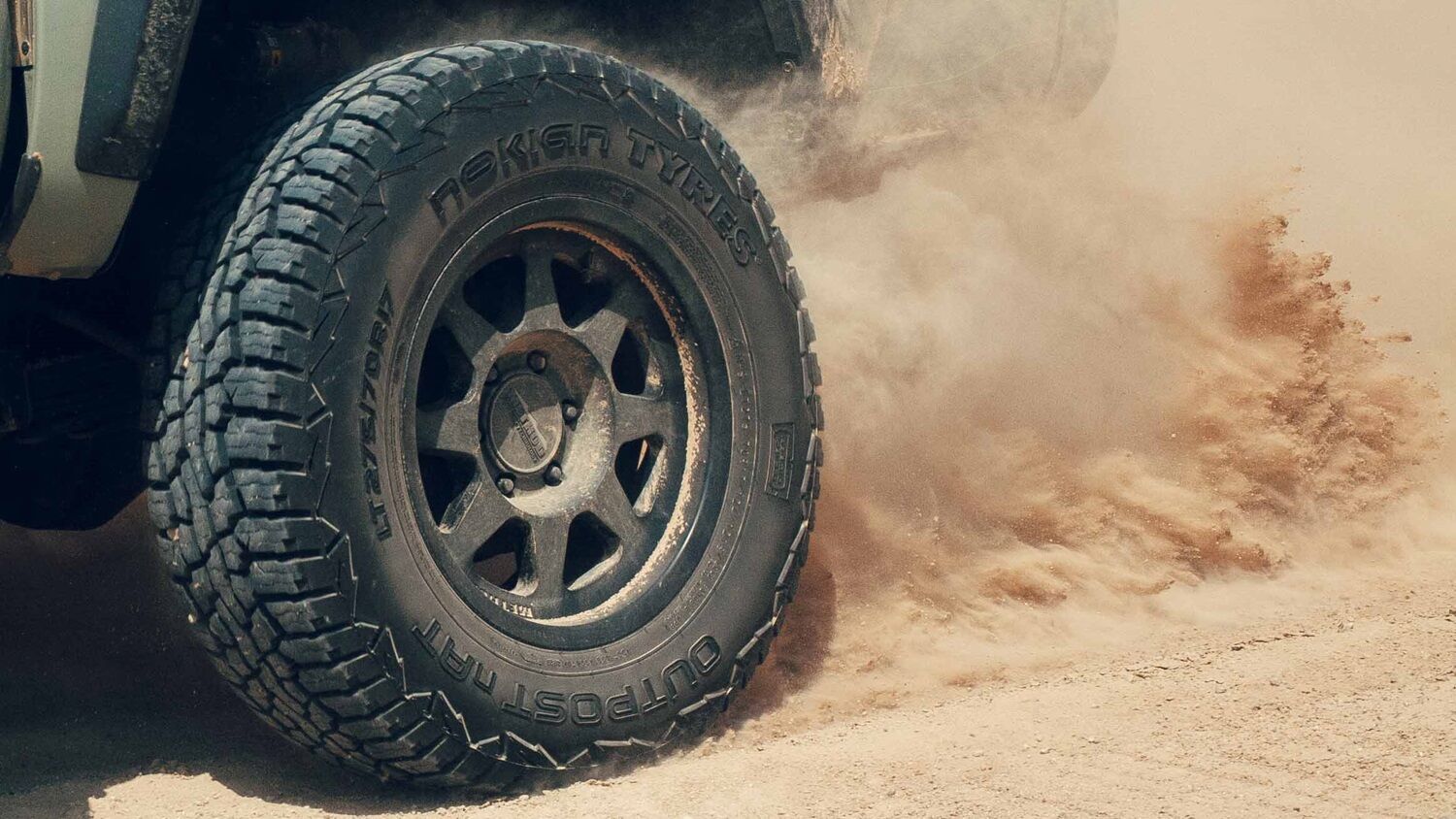
When buying tires, you should take into account the new tire's load capacity. You can check the tire's load index from the tire markings.
Tire markings tell a lot about the properties of a tire and are an invaluable aid when choosing the right tire. The tire's load capacity, which is expressed by the load index, can be found in the markings printed on the side of the tire. Learn more about your tire's load index and class to find the right tires for your car.
What is the tire load index?
On the side of the tire, there are a number of tire markings that tell, among other things, the size of the tire and its load index. The load index, (LI) in English, tells how much weight one tire can support at normal pressure. Based on this, it is possible to check the so-called tire load class, which indicates the maximum load of one tire. The marking does not directly tell the number of kilograms the tire can withstand, but only its load class. The equivalent number in kilograms must be checked separately from a table where the load classes and their corresponding kilogram numbers are marked. The higher the tire's load class, the more weight one tire can support. Please note that the tire must have the correct tire pressure to support the vehicle’s load. In tire markings, the load class is mentioned second to last before the tire speed class, which tells the maximum speed the tire can withstand while maintaining its driving properties. At the end of the tire markings, there may also be an XL marking, which indicates a so-called increased load class. For example, in the tire marking 205/55 R 16 94 V XL, the tire's load class is 94. This corresponds to 670 kilograms. Therefore, the total load capacity of four tires under the vehicle is 2680 kg. Drivers should take into account the tire's load class when buying new tires, as you cannot install tires if their load class is too low compared to the vehicle’s axle load. You can check the load class of the tire suitable for your car from the vehicle's manual. When you choose tires with the right load class for your car, they can support even the load of a fully-loaded vehicle. This includes the driver, other passengers and the load being transported in the car's cargo space. The load capacity should be taken into account especially if you are towing a trailer or otherwise carrying heavy loads in the car.
XL or increased load class
Tires with an increased load class are also called reinforced tires. The maximum load of an XL-class tire is higher compared to a tire without this classification. This marking is missing from unreinforced tires, but they can be referred to by the abbreviation SL or "standard load". A higher load class is indicated by the XL or "Extra Load" marking at the end of the tire marking. The structure of the tire is then sturdier, so it withstands driving under heavy loads and produces less heat, which could wear the tire. The tire is reinforced to withstand higher tire pressures compared to an unreinforced tire. An increased load class does not affect the size of the tire but tells how much weight the tire can safely support.

What else do tire markings tell?
In addition to the load class indicating the tire's load capacity, the tire markings tell you the following tire properties:
- tire width
- tire profile ratio
- tire construction
- rim diameter
- speed class
You can find the right size tire for your car from the Nokian Tyres website. Enter your car's registration number, car model or tire size in the tire search and find suitable summer and winter tires for your car from Nokian Tyres. Since knowing the load class is particularly necessary when transporting heavy loads, a van driver should make sure that the tires can withstand the load of transported cargo. With C-tires designed for vans, the pressure levels are clearly higher than in passenger car tires. You can also find high-quality all-season tires for vans or winter tires for vans from Nokian Tyres.
Please remember that it is the driver’s responsibility to ensure their tires are safe and suitable for their vehicle and to follow the vehicle’s manufacturer´s guidelines for proper use and maintenance. Consult your closest Nokian Tyres dealer or your vehicle’s manufacturer for specific advice.


